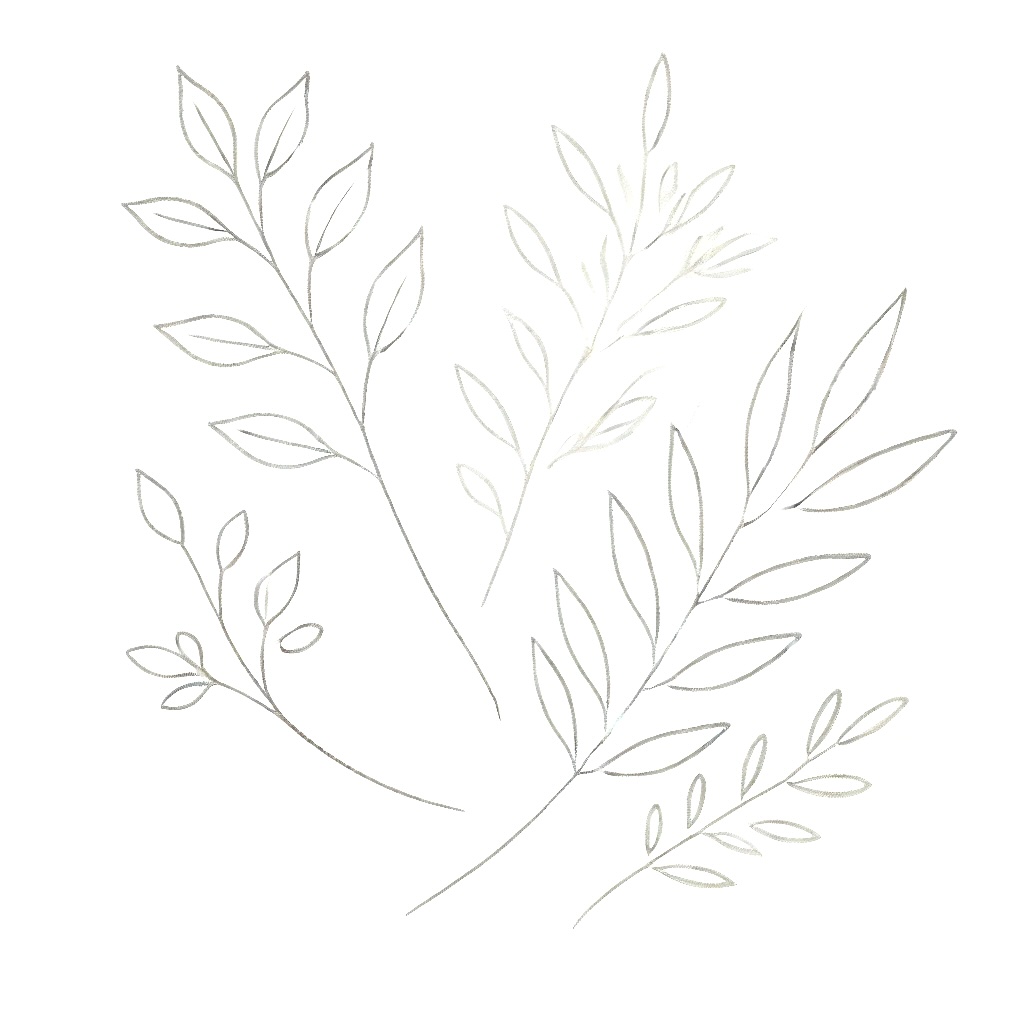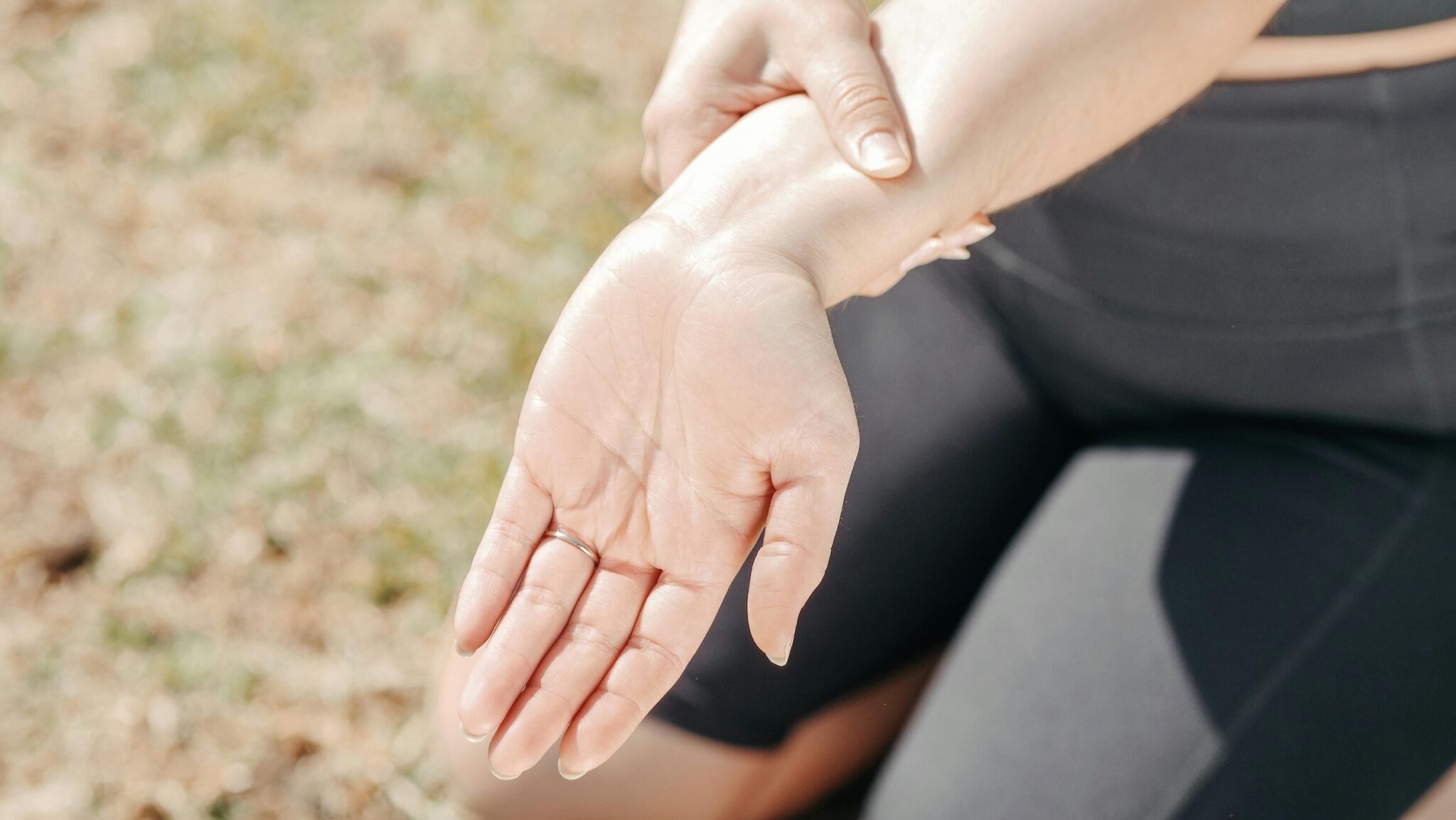Arthritis

Introduction
Arthritis is a condition that affects millions of people worldwide, causing pain, stiffness, and inflammation in the joints. It can significantly impact daily activities, limiting mobility and overall quality of life. The good news is that with the right combination of treatments and lifestyle choices, many people manage arthritis symptoms effectively and live fulfilling lives. This article explores what arthritis is, its causes, and both conventional and holistic treatment options to help guide you toward a better understanding and management of the condition.
What is Arthritis?
Arthritis refers to a group of over 100 joint-related conditions that cause inflammation, pain, and stiffness in the joints. The most common forms are osteoarthritis and rheumatoid arthritis. Osteoarthritis, the most prevalent type, is a degenerative condition where the cartilage between joints wears down, causing bone-on-bone friction. Rheumatoid arthritis, on the other hand, is an autoimmune disease that causes the immune system to attack the joint lining, leading to inflammation and joint damage.Worldwide, more than 350 million people are affected by arthritis, with over 58 million cases reported in the United States alone¹. As people age, the risk of developing arthritis increases, though it can affect individuals of any age.
Causes and Contributing Factors
The causes of arthritis vary depending on the type, but there are several common contributing factors.
Autoimmune Conditions: In rheumatoid arthritis, the immune system mistakenly targets healthy tissues in the joints, causing chronic inflammation and damage.
Genetics: Some forms of arthritis, like rheumatoid arthritis, have a genetic component, meaning if a family member has the condition, you may be at higher risk².
Age: Osteoarthritis is more common in older adults, as the wear and tear on joints accumulates over time.
Injury: Joint injuries from accidents or repetitive stress can lead to the development of arthritis later in life, especially in the knees or shoulders.
Infection: In some cases, bacterial or viral infections in the joints can lead to inflammation and contribute to arthritis.
Lifestyle Factors: Obesity increases the strain on joints, particularly in weight-bearing areas like the knees, and is a significant risk factor for osteoarthritis. Additionally, lack of physical activity weakens muscles, reducing the support around joints and making them more vulnerable to damage.
Conventional Approaches to Treatment
When it comes to managing arthritis, conventional treatments focus on relieving pain, reducing inflammation, and maintaining joint function.
- Medications: Commonly prescribed drugs include nonsteroidal anti-inflammatory drugs (NSAIDs) like ibuprofen, which help manage pain and reduce inflammation, and disease-modifying antirheumatic drugs (DMARDs) for autoimmune forms like rheumatoid arthritis.
- Physical Therapy: Regular physical therapy can help improve joint flexibility and strengthen the muscles surrounding affected joints, offering support and alleviating pain.
- Surgery: In severe cases of arthritis, joint replacement surgery, especially for the hips and knees, can provide significant relief and restore mobility.
- Steroid Injections: Corticosteroids are sometimes injected directly into the joint to reduce inflammation and provide temporary pain relief.
Holistic and Alternative Treatments
For those looking to explore holistic and alternative therapies, there are a number of effective options for managing arthritis symptoms. These approaches can often complement conventional treatments or serve as natural alternatives for those seeking gentler interventions.
- Acupuncture: This ancient Chinese practice involves inserting thin needles into specific points on the body to relieve pain and promote healing. Some studies suggest that acupuncture can help reduce arthritis pain, particularly in the knee.
- Chiropractic Care: For individuals with arthritis, chiropractic adjustments can help align the spine and improve joint function, reducing pain and stiffness.
- Herbal Medicine: Certain herbs, like turmeric and ginger, contain anti-inflammatory properties that may help ease arthritis symptoms. Turmeric, in particular, contains curcumin, a compound with potent anti-inflammatory effects.
- Homeopathy: This practice involves using highly diluted substances that trigger the body’s natural healing processes. While homeopathic treatments for arthritis are tailored to the individual, some commonly used remedies include Rhus toxicodendron and Bryonia.
- Massage Therapy: Regular massage can help reduce muscle tension around the joints, improve circulation, and decrease pain. It’s especially beneficial for easing the stiffness associated with arthritis.
- Reiki: This energy healing practice channels energy into the body to promote relaxation and healing. Many people with arthritis report feeling less pain and greater well-being after a Reiki session.
- Yoga: Yoga combines gentle movement with breathwork and meditation, making it an excellent practice for arthritis sufferers. It improves flexibility, strengthens muscles, and helps manage stress, which can worsen arthritis symptoms.
Lifestyle and Prevention Tips
Living with arthritis can be challenging, but certain lifestyle choices can reduce the severity of symptoms and prevent the condition from worsening:
- Maintain a Healthy Weight: Extra weight adds stress to your joints, especially those in the lower body. Shedding even a few pounds can significantly reduce arthritis pain.
- Exercise Regularly: Low-impact exercises like swimming, walking, and cycling can improve joint mobility without putting too much strain on them. Strength training exercises also help by building muscles that support the joints.
- Eat an Anti-Inflammatory Diet: Focus on eating plenty of fruits, vegetables, lean proteins, and whole grains. Foods rich in omega-3 fatty acids, like salmon and flaxseeds, can help fight inflammation.
- Stay Hydrated: Proper hydration helps maintain joint lubrication, reducing the likelihood of stiffness and discomfort.
- Reduce Stress: Stress can exacerbate arthritis symptoms, so it’s important to incorporate stress-reduction techniques into your daily routine, such as meditation or breathwork.
Real-Life Examples
Many people living with arthritis have found ways to successfully manage their symptoms through a combination of treatments. Take Mark, for instance, a yoga student, who, through consistent practice, found relief for hip arthritis. With each passing week, he experienced a meaningful reduction in hip pain and increased mobility. The combination of poses, targeted movements and regular practice helped a great deal in Mark’s remarkable progress.
Interesting Facts
- Arthritis is the leading cause of disability in the U.S., affecting more than 24% of adults.
- Rheumatoid arthritis is more common in women than men, with women being 2 to 3 times more likely to develop the condition.
- Osteoarthritis most commonly affects the knees, hips, lower back, neck, and hands.
Conclusion
Arthritis can be a debilitating condition, but with the right approach, it is manageable. By exploring both conventional and holistic treatments like acupuncture, yoga, and herbal medicine, you can tailor a plan that works best for your body. Combining medical treatments with lifestyle changes such as maintaining a healthy weight and incorporating stress-reduction practices can go a long way toward improving your quality of life.


